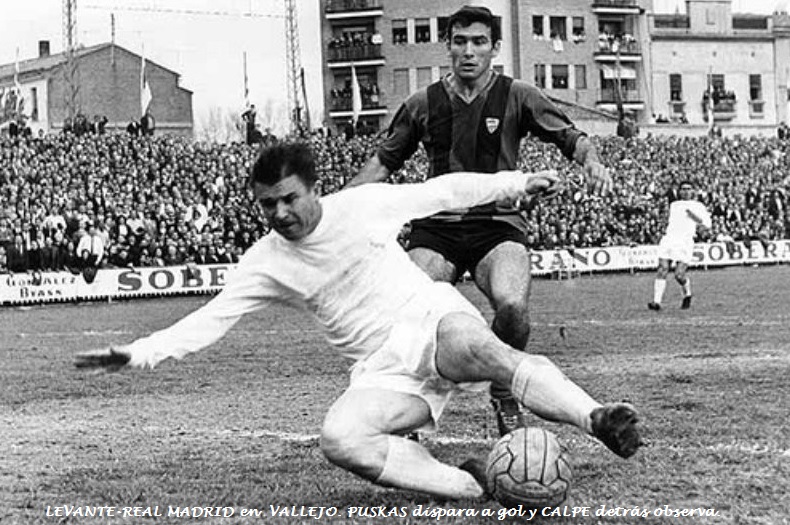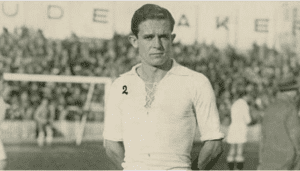Everything you didn't know about the Puskas Prize

What is the Puskas Award? Soccer is not in conflict with art, If not the opposite. Throughout their history they have shared time and space giving away authentic paintings worth remembering. How not to be amazed with the aesthetics that Hugo Sánchez executed during his time at Real Madrid in that "Señor Gol"; or with the painting of the “Goal of the Century” that Diego Armando Maradona captured at the Azteca Stadium during the World Mexico 1986, just to mention a few.
Historical goals that have remained in the retina of many and that, as well as championships and individual performances, deserve recognition. Thus, the Premio Puskás, the award received by the player who scores the best goal of the season. FIFA defines it as “the award given to the footballer who is determined to have scored the most aesthetically relevant goal, regardless of the competition, of the author's sex or nationality. ". But beware, because it adds the following clarification: “As long as the goal was not the product of luck or a mistake, and that has been characterized by its fair play ".
This point leaves a lot to the imagination and that is what is the criterion for selecting the best goals. Today in Futbolretro we will analyze all the keys to one of the most beautiful and forgotten prizes of the moment.
Who was Ferenc Puskás?
Before starting, the first is the first, and is that, who was Ferenc Puskás, name to which this award honors.
Puskás was a Spanish-Hungarian footballer who became famous for his time at Real Madrid. Team with which he won five league championships, a Generalissimo Cup, three European Cups, an Intercontinental Cup and four Pichichi Trophies. A track record that places him as one of the best players in history. He was also part of that Hungary that was the best team in the world at the time.
His fair game, his tough competitiveness and his incredible goals executed as out of the most expert soccer manual have led to, since 2009, FIFA carries out a vote through its website to determine which has been the most beautiful of the year.
What is the criteria for selecting the best goals?
Four criteria are evaluated for the selection of the best goals of the season: the aesthetics of the goal, the importance it had in the game, the absence of factors such as luck or the opponent's mistakes that would have facilitated its achievement and the fair play that the scorer has shown during the game.
The operation is as follows: in the first place the ten most outstanding goals of the year are chosen. After that, It is a shortlist from which the best goal of the season is chosen. The winner of the Premio Puskás of FIFA is selected by an integrated international jury, On one side, by a FIFA Legends panel and, on the other hand, by fans around the world registered on FIFA.com.
The two groups of voters on the jury have the same electoral weight, regardless of the number of voters in each group (that is to say, FIFA Legends votes and fan votes account for half of the total, regardless of the number of votes in each). The members of that definitive trio will be announced later., while the winners of all the awards will be announced at the The Best FIFA Football Awards gala. Event to be held in Zurich next 17 of January of 2022.
Winners of the Puskas Award throughout history
This award was inaugurated by Cristiano Ronaldo (Portugal, 2009) and in which he was succeeded by players of the stature of Hamit Altıntop (Germany, 2010), Neymar (Brazil, 2011), Miroslav Stoch (Slovakia, 2012), Zlatan Ibrahimovic (Sweden, 2013), James Rodriguez (Colombia, 2014), Wendell Lira (Brazil, 2015), Mohd Faiz Subri (Malaysia, 2016), Olivier Giroud (France, 2017), Mohamed Salah (Egypt, 2018), Daniel Zsori (Hungary, 2019), Son Heung-min (South Korea, 2020).








